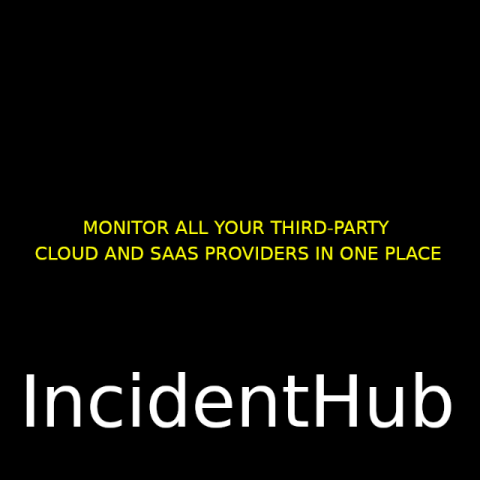Protect Your Alerts: Why Incident Alert Management Shouldn't Share a Cloud
When managing IT infrastructure, one crucial aspect is ensuring that your incident alert management system remains operational during critical failures or outages. Relying on a single cloud provider for both your primary services and incident management can create a significant vulnerability. If that cloud provider experiences an outage, your alert management system could become inaccessible precisely when it’s needed most, leading to delayed responses and extended downtime.











